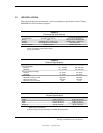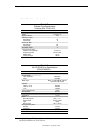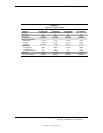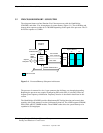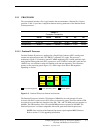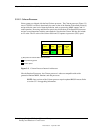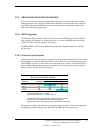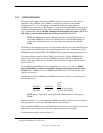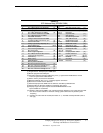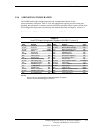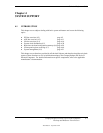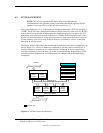
Technical Reference Guide
Compaq Deskpro EN Series of Personal Computers
Desktop and Minitower Form Factors
Third Edition - September 1998
3-5
3.2.2 PROCESSOR CHANGING/UPGRADING
The slot 1 design allows for easy changing and/or upgrading of the processor/cache complex.
Changing the processor requires disconnection/re-connection of the heat sink sensor cable and
may require upgrading the BIOS firmware and re-configuration of the bus/core speed switch
discussed in the following paragraphs.
3.2.2.1 BIOS Upgrading
The Pentium II 450 and Celeron 300A/333 processors require BIOS firmware dated 7/30/98 or
later. Installing and running one of these processors in a system with BIOS dated earlier than
7/30/98 will likely cause the system to halt (lockup).
The BIOS (ROM) version may be checked using either the Compaq Diagnostics or Compaq
Insight utility.
3.2.2.2 Processor Speed Selection
Changing the processor may require re-configuration of the bus/core frequency ratio. The system
board includes a six-position DIP switch (SW), of which positions 2-5 are read by the processor
(while RESET- is active) to select the bus-to-core frequency ratio. Table 3-2 shows the possible
switch configurations for this system and the resultant core (or processing) frequency, based on
the front side bus (FSB or Host bus) frequency.
Table 3–2.
Bus/Core Speed Switch Settings
Table 3-2.
Bus/Core Speed Switch Settings
DIP SW1 Settings
2 3 4 5 [1]
Bus/Core
Freq. Ratio w/66-MHz FSB w/100-MHz FSB
1 0 0 0 1/3 200 300
1 1 0 0 2/7 233 350
0 0 1 0 1/4 266 400
0 1 1 0 2/9 300 450
1 0 1 0 1/5 333 500
NOTES:
Shipping configurations are unshaded.
[1] 0 = Switch Closed (On), 1 = Switch Open (Off)
The DIP switch settings should be set to match the processor installed.
Configuring for a speed higher than that which the processor is
designed could result in unreliable operation and possible system damage.
The processor sets the clock generator to the appropriate bus frequency. Software can determine
the operating speed by reading the bus speed from an MSR register in the processor.
Core Frequency



